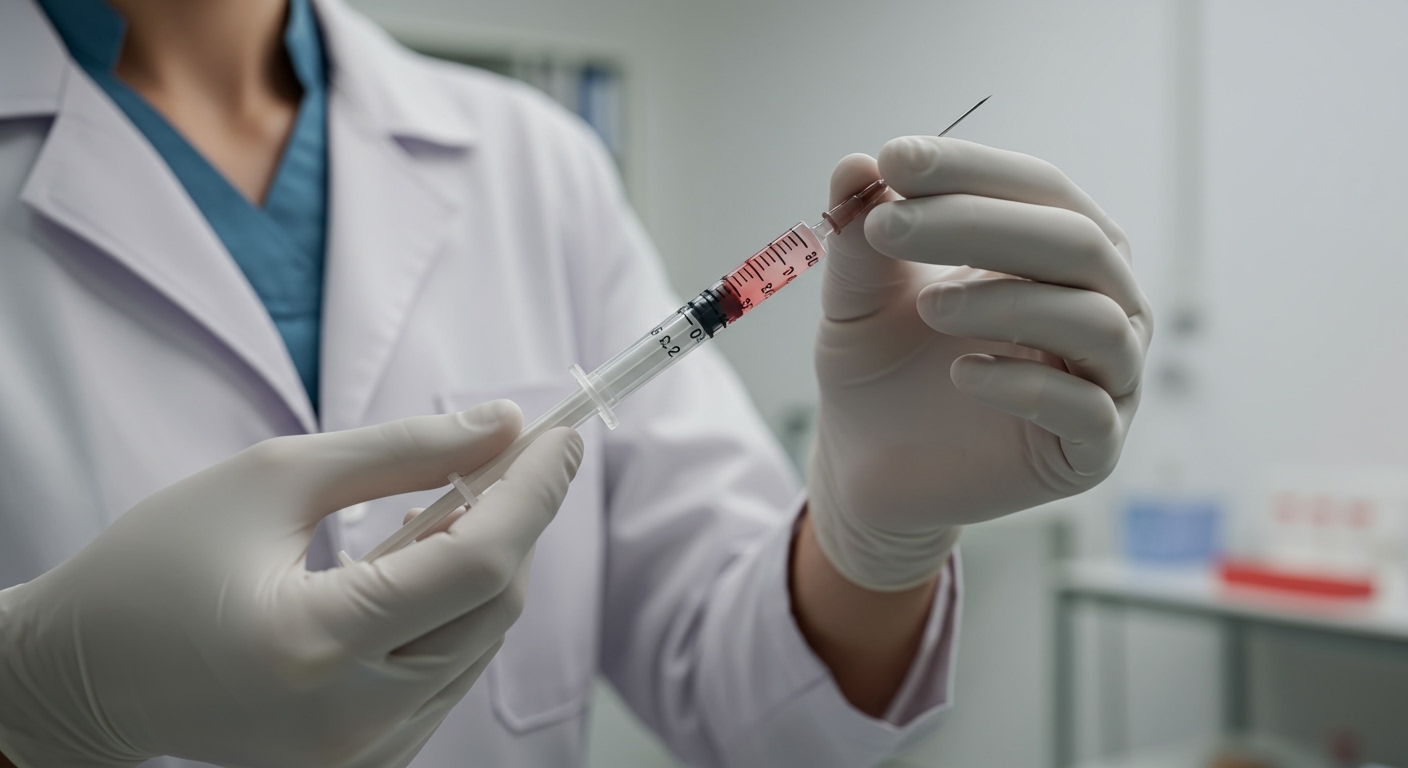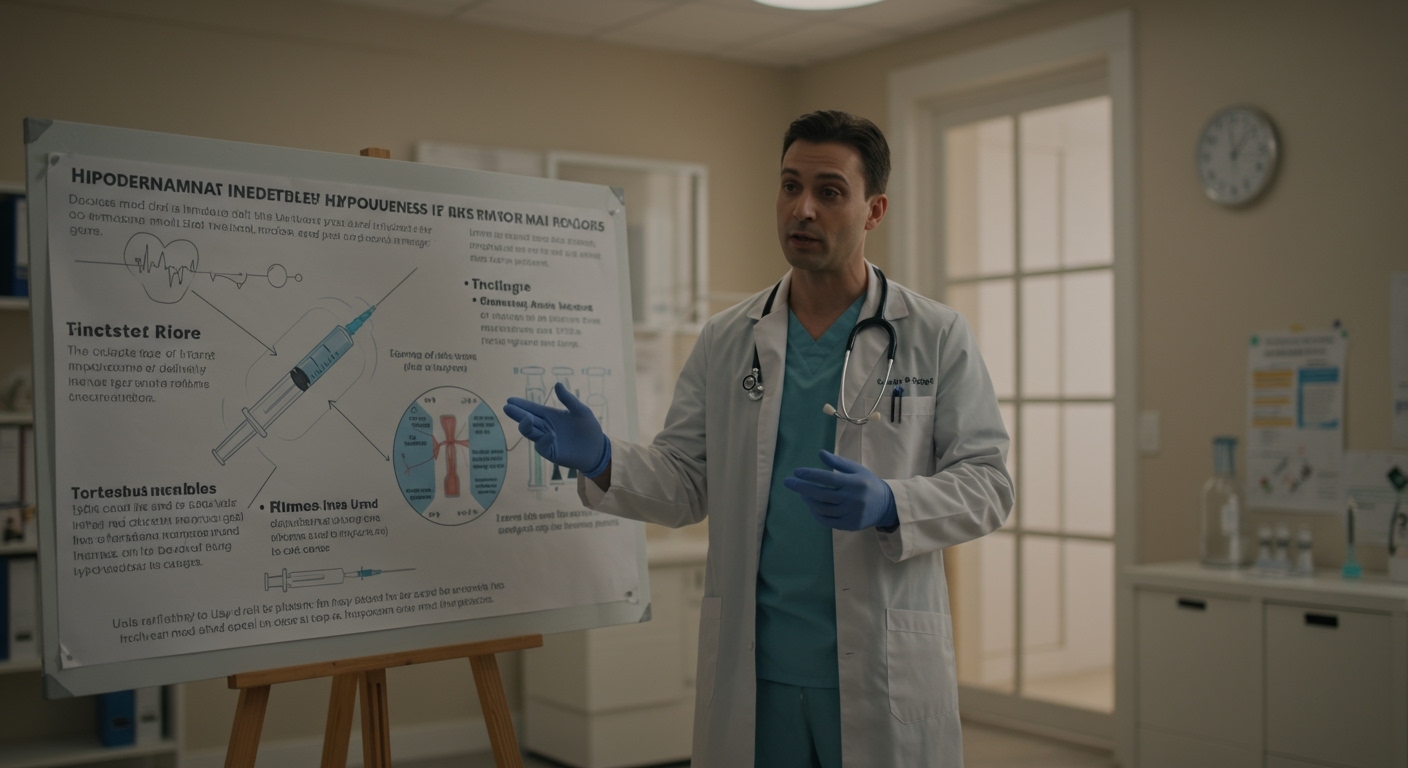What Is A Hypodermic Needle Used For?
Oct 6th 2025
The U.S. has a great dependence on hypodermic needles in its hospitals, clinics, and labs. They are employed in everyday use as a means of administering vaccinations as well as blood collection and other medical treatments. It is reported that hundreds of billions of hypodermic needles and syringes are used every year in America. This demonstrates their crucial importance in contemporary healthcare systems and patient care management. The medical grade needle is needed whether during routine flu shots or expert treatments. The response to the question of what a hypodermic needle is simple and detailed at the same time. It is a small yet powerful device that facilitates treatment and safe diagnostics. Learning its structure, applications and safety helps healthcare practices to become much more effective.

The Anatomy of a Hypodermic Needle
A hypo needle looks small but has carefully engineered parts for medical precision. It consists of a hollow stainless-steel tube designed to deliver or draw fluids. At the tip, a beveled edge allows smooth entry with less patient discomfort. The hub at the other end securely connects the needle to a syringe barrel. Together, these components form a safe device trusted by healthcare workers every day. Though simple in design, every part has an important function in safe usage. Without these features, comfort, accuracy, and safety would be compromised in medical settings. Healthcare catalogs often list various types of hypodermic needles, with slight design differences.
Primary Medical Uses
The hypo needle has many uses in everyday medical practice. Injection administration and the taking of blood samples are two of the most frequent uses. These two tasks are also necessary when it comes to treatments, tests, and preventive care.
Administering Injections (Subcutaneous, Intramuscular)
These needles are most commonly used to deliver medication. The doctors and nurses inject drugs, vaccines, or fluids into the body of the patient. Subcutaneous injection is to inject the medicine under the skin to achieve low, gradual absorption rates. Intramuscular injections have better penetration to the deep tissues, and are easily absorbed into the bloodstream. These are common techniques used in immunization, treatment of pain, and long-term care. The medical grade needle size depends on the thickness of the medication that health care workers decide on. Timely administration will decrease the number of complications and increase comfort and overall effective treatment.
Drawing Blood Samples
Another vital use of such needles is blood collection for testing purposes. The samples are used by laboratories to diagnose illness, to monitor treatment and to conduct health screenings. Blood tests are also imperative in diagnosing infections, chronic illness, or vitamin deficiencies. EasyTouch 25G or EasyTouch 18G are commonly used devices. Smaller gauges are used for delicate draws, while larger ones suit higher volume needs. Every blood test performed with a lancet or hypo needle depends on accuracy. Laboratories trust these tools to provide safe handling and dependable patient results daily.
Different Types of Hypodermic Needles
There are many types of hypodermic needles available for different medical needs. Each type varies by length, diameter, and application across healthcare environments. Thinner gauges are ideal for insulin delivery, reducing pain and increasing patient comfort. Larger gauges are chosen for blood draws or injections of thicker medications. Healthcare providers match the right medical grade needle with each patient’s requirement. A wide selection exists in needle and syringe catalogs for different clinical situations.
Common needle types include:
- Thinner hypo needle options: Used for insulin injections and routine vaccinations.
- Medium gauge needles: Suitable for antibiotics and general medication delivery needs.
- Thicker gauge hypodermic needles: Needed for drawing larger blood samples quickly.
- Special safety-engineered models: Designed to reduce risk for healthcare professionals.
These variations make sure every procedure has an appropriate needle size and style. With proper selection, both patients and medical teams benefit from safe procedures.

Understanding Safety Features
The U.S. healthcare system uses billions of hypodermic needles and syringes annually. With such high usage, safety features are now more important than ever before. Hypodermic needles are engineered to avoid injuries when medical procedures are conducted. These come with retractable systems, protection shields and locking safeguards which ensure additional safety. Such features enable the protection of healthcare professionals against accidental needlestick injuries daily. The use of safety hypodermic devices is strongly promoted by such organizations as OSHA and CDC. The combination of safety and efficiency ensures a healthier workplace for all staff. Patients also benefit since safer practices reduce contamination and infection risks effectively.
Conclusion
The answer to what is a hypodermic needle lies in its essential functions. Whether delivering medicine, providing vaccines, or drawing blood, its role is irreplaceable. Every hypo needle is built for precision, safety, and comfort in healthcare practice. Different types of hypodermic needles ensure proper use for unique clinical requirements. With safety-engineered features, the medical grade needle continues to protect patients and staff. In modern medicine, these tools remain at the heart of reliable and safe care.
Looking for trusted hypodermic needles and syringes for your medical practice? Explore the complete range of medical grade needle options at Arpovo Health today. From vaccines to blood testing, find the right hypo needle for every procedure. Browse various types of hypodermic needles to match patient safety and clinical needs. Equip your healthcare facility with quality supplies designed for comfort and reliability.

